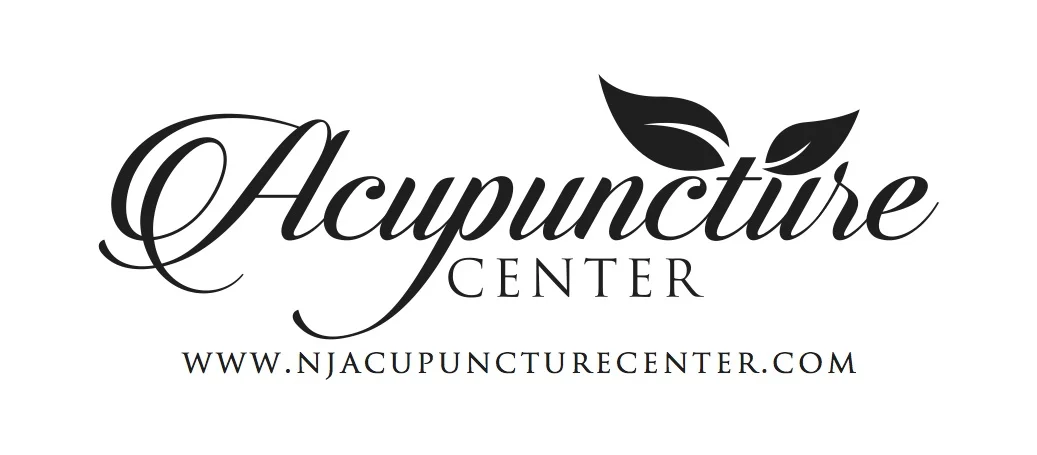Acupuncture Without Needles?
/Some people are scared of needles. While there’s nothing unsafe or painful about receiving acupuncture treatment, some people’s fear of needles is what keeps them away from receiving the beneficial, wide-ranging treatment that acupuncture provides. While there are key differences between the two, there’s an alternative holistic treatment that is growing in popularity that uses many of the same principles that acupuncture does—tapping.
“Tapping is a meridian-based therapy that releases negative emotions and self-sabotaging thinking,” Joan Kaylor, a Wahington, Pennsylvania based clinical therapist explains. “It employs the same acupressure points of acupuncture, but without needles.”
Tapping was developed in 1993 by Stanford-trained engineer Gary Craig and has increased in popularity as the years have passed. Like acupuncture, tapping centralizes on points in the body that send energy through meridians.
Although it may seem like anyone can learn tapping on their own and do it from home, like acupuncture, it is best performed by a certified practitioner.
“Someone who has watched YouTube, read a book or who has taken one workshop does not have the experience and training to teach tapping,” Kaylor says. “In addition, the more specific a patient can get about their situation, the better the results. But only a trained tapping practitioner knows how to get specific.”
So what’s the difference. While the principles are the same, the effectiveness of acupuncture has been shown to be more pronounced, leading to more permanent results with fewer visits and treatments. That’s because while tapping may apply pressure to meridian points, acupuncture goes much deeper, penetrating the points and more quickly and effectively releasing energy to the correct points of the body.
Tapping is an alternative for those who may have a fear of needles. And when one sees the benefits from tapping, they are getting just a glimpse of how acupuncture can benefit them.


